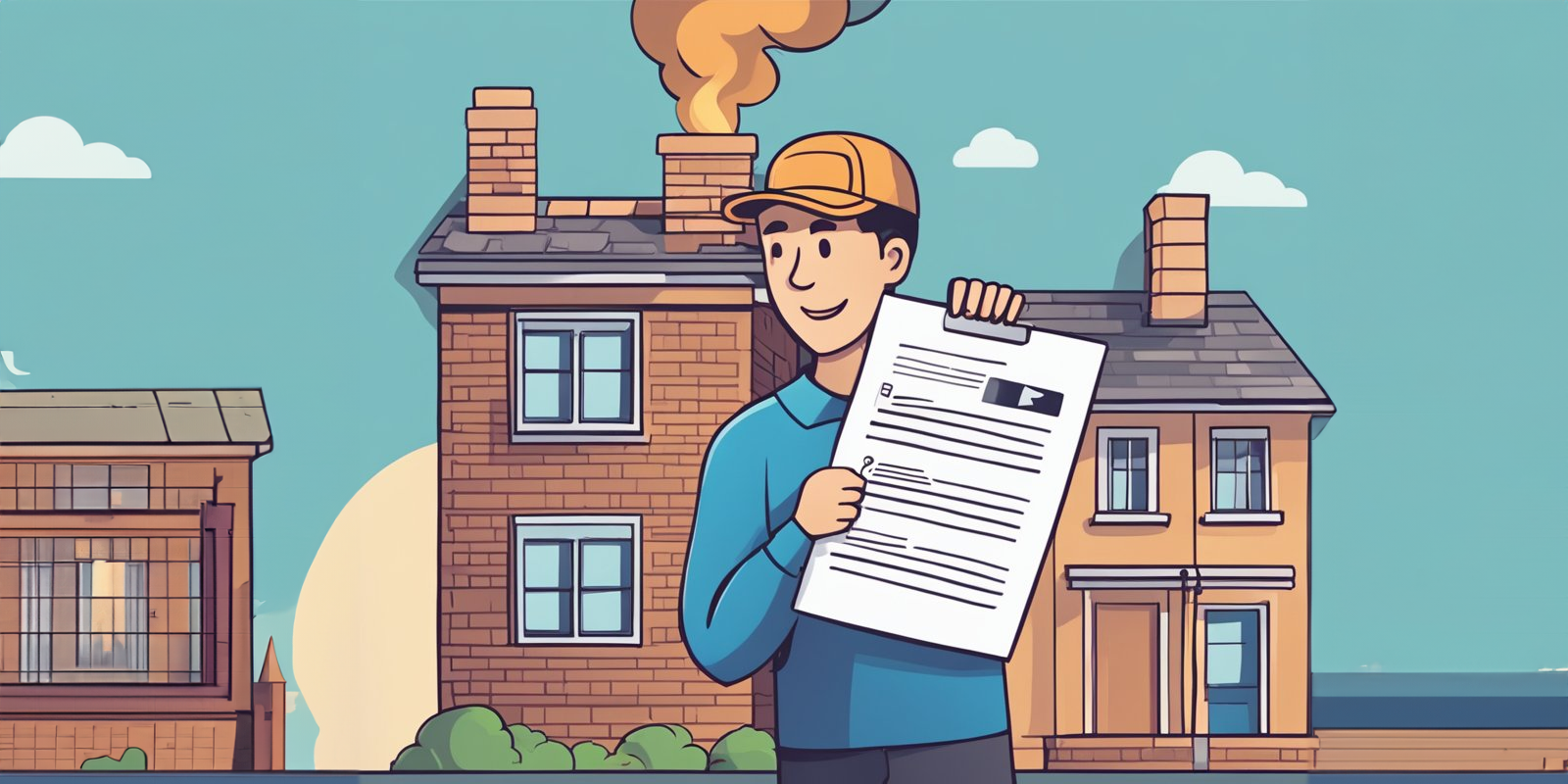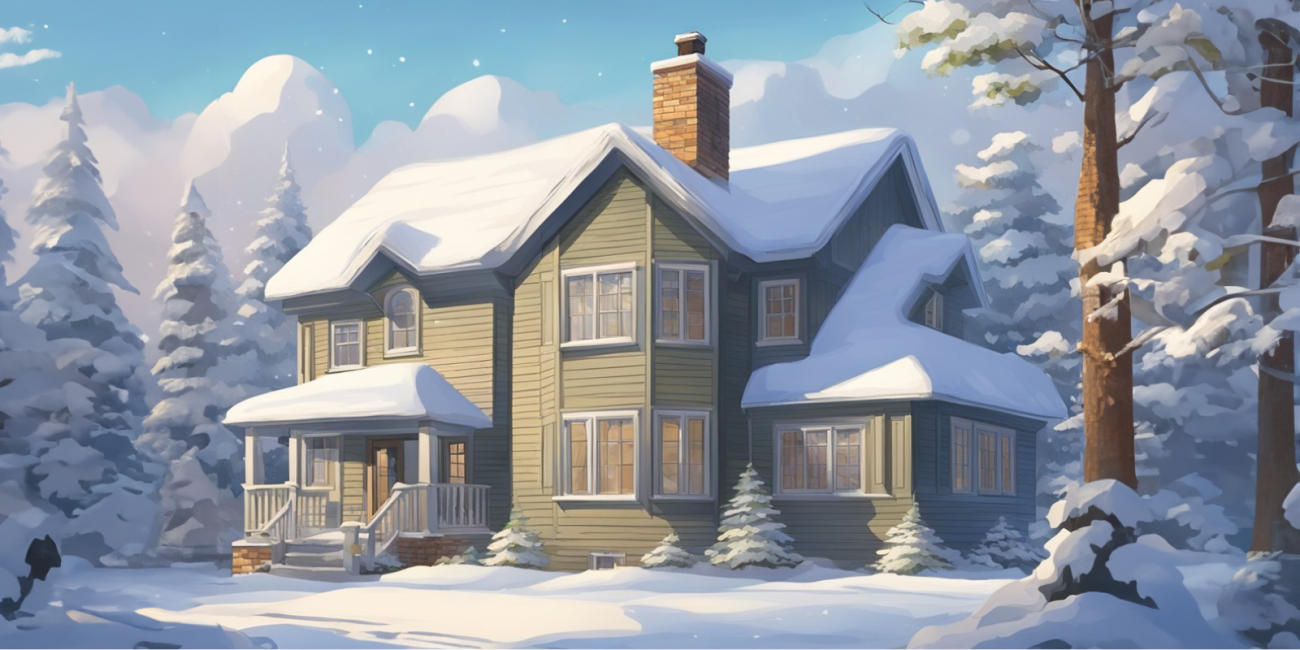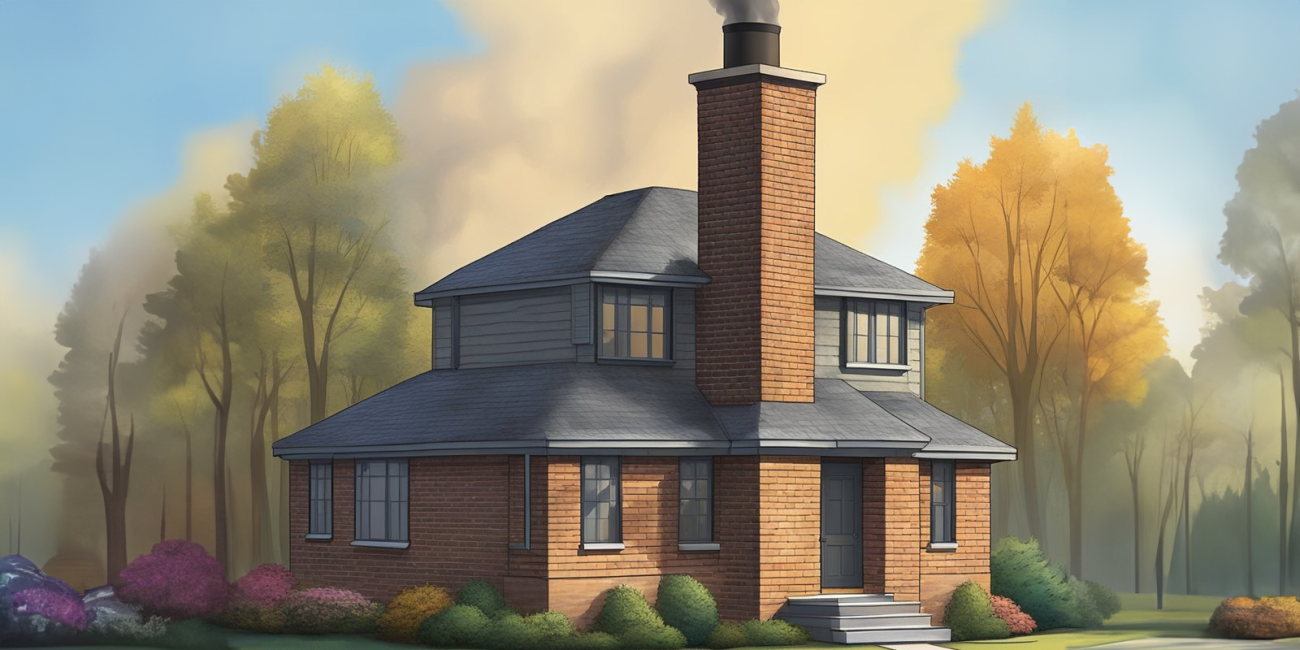6 Questions to Answer Before Buying a Chimney Cap: Ensuring the Perfect Fit

Introduction
When considering the addition of a chimney cap to your home, you’re taking an important step in safeguarding your property against environmental hazards. A chimney cap, which sits atop your chimney, offers a defense against rain, debris, and critters looking for a warm place to nest. Homeowners should regard this as a necessary investment in the longevity and safety of their chimney structure.
Choosing the right chimney cap involves understanding the variety and function of caps available, as well as ensuring proper sizing for effective installation. It’s not simply a matter of aesthetics, but also a crucial decision that affects the protection against moisture and external elements that can cause damage over time. Regular maintenance and awareness of the cap’s condition are key to ensuring that it continues to perform its role effectively.
Key Takeaways
- A chimney cap is essential for protecting your chimney and home from environmental damage.
- Proper sizing and installation of the chimney cap are critical for effective protection.
- Ongoing maintenance of the chimney cap ensures continued safety and efficiency.
Understanding Chimney Cap Basics

When selecting a chimney cap, it is crucial to understand its role in maintaining chimney safety and efficiency. One must consider the cap’s functionality, type, and material selection to ensure proper fit and longevity.
Definition and Functionality
A chimney cap is a protective accessory placed over the top of a chimney to prevent rainwater, debris, and animals from entering. It sits atop the chimney crown and is crucial in preserving the chimney’s function by preventing blockages that can affect draft and cause smoke to backflow into the home.
Types of Chimney Caps
Chimney caps come in various types to suit different chimney structures:
- Single Flue Caps – designed to cover individual flues and are commonly attached directly to the flue tile.
- Multi-Flue Caps – these span over multiple flues and are mounted to the chimney crown, providing coverage for more than one flue at a time.
- Custom Caps – tailored to unique chimney specifications, ensuring a perfect fit for non-standard sizes or shapes.
- Top-Mounted Damper – combined with a damper mechanism allowing for airflow regulation when the fireplace is not in use.
Material Pros and Cons
The durability and performance of a chimney cap are largely determined by its material. Here’s a quick comparison:
| Material | Pros | Cons |
|---|---|---|
| Stainless Steel | Durable, rust-resistant, long-lasting | More expensive than some alternatives |
| Galvanized | Cost-effective, readily available | Prone to rust, shorter lifespan than stainless steel |
| Copper | Aesthetically pleasing, highly durable | Most expensive, may require polishing to maintain shine |
Choosing the right material requires weighing the benefits of durability and aesthetics against potential costs. Stainless steel is often recommended for its balance of cost and longevity. Galvanized caps are more budget-friendly but may need replacement sooner. Copper caps are top-tier in terms of appearance and durability, serving as a long-term investment for the chimney.
Selecting the Right Size and Shape

When choosing a chimney cap, one of the essential steps is to ensure that the cap fits precisely and complements the chimney’s architecture. The right size and shape not only affect the cap’s performance but also its effectiveness in protecting the chimney.
Measuring for the Perfect Fit
To select a chimney cap that fits well, accurate measurements of the chimney flue are necessary. For single flue chimneys, measure the outside length and width of the tile or the inside diameter if the flue is round. These dimensions directly correlate to the size options available for the cap. For example, if a square flue measures 8.5″ x 8.5″, the needed cap should match this measurement to ensure a snug fit. For chimneys with a flexible metal liner, only the inner diameter measurement is required. When looking for chimney caps, be certain to check against the specific dimensions needed for your home’s chimney system.
Understanding Different Shapes
Chimney caps come in various shapes to fit the array of chimney flues — whether they are round, square, rectangular, or oval. It’s crucial to match the cap shape to the flue to prevent any entry of wildlife or debris. Round flues commonly use a round cap that attaches either inside or on top of the chimney flue. Conversely, square and rectangular flues generally call for caps that sit over the flue and attach to the crown. Some specialized caps are designed to cover multiple flues or uniquely shaped chimneys, but always verify compatibility. The shape affects not just functionality but also the cap’s ability to withstand winds and precipitation. Selection should be based on the specific chimney’s shape and operational requirements.
Installation Considerations
When contemplating the addition of a chimney cap, homeowners should weigh the pros and cons of taking on the installation themselves versus hiring a professional. The correct securing of the chimney cap is essential to ensure its proper function and longevity.
DIY vs Professional Installation
Installing a chimney cap can appear straightforward, but it requires precision and knowledge of rooftop safety. A homeowner may choose a DIY approach if they have experience and the necessary tools. However, a professional installation by a technician offers assurance as they bring expertise and understanding of local building codes. When assessing whether to install a chimney cap independently, one must consider the potential complexity of the task, which can involve custom-fabrication of metal pieces and ensuring a precise fit to the chimney chase.
- DIY Installation: Potentially cost-saving but requires a good grasp of the installation process and strict adherence to safety measures.
- Professional Installation: More costly but carries the confidence of a job done correctly, with appropriate installation guarantees.
Securing the Chimney Cap
A chimney cap must be firmly attached to resist high winds and harsh weather. The industry standard includes using screws, legs, brackets, or clamps to secure the cap to the chimney crown or flue. Detailed instructions on the proper application of adhesive can ensure a secure fit, as can the use of an impact driver to fasten masonry screws into pilot holes for stability. Always double-check that the cap does not impede proper chimney draft.
- Tools and Materials:
- Masonry screws or appropriate fasteners
- Adhesive (if applicable)
- Impact driver or screwdriver
- Safety gear such as gloves and eyewear
In summary, whether opting for a DIY installation or hiring a professional, ensuring the secure attachment of the chimney cap is paramount to its effectiveness and safety.
Protecting Your Home from External Elements

Selecting the right chimney cap is essential for safeguarding your home from various external elements. It acts as a barrier to wildlife and adverse weather conditions, effectively minimizing potential damage to your chimney system and home.
Dealing with Wildlife
- Animals: Chimney caps prevent animals such as squirrels, raccoons, and birds from entering the chimney.
- Small Animals: The installation of a chimney cap with the appropriate mesh size is crucial to keep small animals out, which can otherwise nest within the flue and cause blockages or damage.
The mesh size is particularly important; a 3/4″ mesh is generally recommended as it balances the need to exclude animals while allowing for adequate airflow—preventing creatures from becoming trapped or making a home in your chimney.
Weather and Environmental Protection
- Water and Rain: A chimney cap shields the chimney from direct rain—preventing water infiltration that can lead to structural deterioration and rust.
- Ice and Snow: In areas prone to ice and snow, a cap helps mitigate ice buildup, which can block the flue and even crack the chimney crown if left unaddressed.
Weather protection is a critical function of a chimney cap, as consistent exposure to the elements without proper shielding can significantly shorten a chimney’s lifespan. Ensuring a properly fitted cap can spare homeowners from costly repairs due to weather-related damage.
For further details on the necessity and efficiency of chimney caps in protecting against weather, consider the insights provided by This Old House.
Maintenance and Upkeep

When considering the upkeep of a chimney cap, homeowners should prioritize regular cleaning and monitor for signs of rust, which can drastically reduce the cap’s effectiveness and longevity. Adequate maintenance not only ensures efficient operation but may also extend the life of the chimney cap.
Cleaning and Rust Prevention
Cleaning is essential to maintain the chimney cap’s function and appearance. Homeowners should inspect and clean their chimney cap at least once a year to remove debris, leaves, and animal nests that can obstruct airflow. Rust prevention is particularly important for chimney caps made of metal; they should be checked for any signs of corrosion. Applying a rust-inhibiting solution can prolong the cap’s lifespan, especially for those living in areas with inclement weather.
When to Replace Your Chimney Cap
A chimney cap should be replaced if it becomes severely rusted or damaged to prevent water, debris, and animals from entering the masonry chimney. Frequent inspections are crucial, particularly after extreme weather events. Homeowners should be aware of the cap’s lifetime and any warranties provided. A product with a lifetime warranty may offer free replacing of the cap, ensuring a sound investment.
Frequently Asked Questions
When selecting a chimney cap, it is essential to consider size, materials, design differences, water prevention capabilities, suitability for multi-flue systems, and maintenance requirements.
How can I determine the correct size and style of chimney cap for my home?
The correct size of a chimney cap is crucial for proper function and safety. To determine the appropriate size, one should measure the outer dimensions of the chimney flue or crown. The style should correspond to the type of chimney and specific ventilation requirements, as well as aesthetic preferences. For safety and efficiency, ensure the cap fits well and adheres to local building codes.
What are the advantages and disadvantages of different materials used in chimney caps?
Chimney caps are commonly made from stainless steel, copper, galvanized steel, and aluminum. Stainless steel and copper are durable and resist corrosion, making them long-lasting options, whereas galvanized steel and aluminum are more cost-effective but may have shorter lifespans. Each material offers different visual and functional benefits, and the choice often depends on climate and budget considerations.
What are the structural differences between a chimney cap, a chimney cover, and a flue cap?
A chimney cap is installed atop the chimney and covers the opening to prevent debris, water, and animal ingress. A chimney cover, usually referring to the same device, might sometimes imply a larger structure that encompasses the entire chimney top for enhanced protection. A flue cap specifically covers individual flue openings and is typically used when there are multiple flues in a single chimney.
Can a chimney cap help prevent water damage and, if so, how?
A chimney cap effectively prevents water from entering the chimney, which can protect the masonry and liner from moisture-related damage. By averting water intrusion, chimney caps help in maintaining the structural integrity of the chimney and prevent costly repairs associated with water damage, such as spalling bricks or a deteriorated flue liner. Keeping your chimney’s interior dry is a primary defense against water damage.
What considerations should be taken into account when choosing a chimney cap for a multi-flue chimney?
For multi-flue chimneys, it’s important to select a chimney cap that can accommodate all flues without hindering their function. The cap should provide enough clearance above the tallest flue, allow for sufficient drafting, and ideally cover the entire chimney crown to provide uniform protection. The cap must also be secure enough to withstand external elements, like high winds, which can be common in certain areas.
How should a chimney cap be properly maintained after installation?
Regular inspection and cleaning are vital for maintaining a chimney cap. Annually check for debris accumulation, animal nests, and signs of wear. If necessary, cleaning or repairs should be made to ensure the chimney cap continues to function correctly. Monitoring the chimney’s overall condition will allow for prompt issue resolution, thus maintaining the efficiency, safety, and longevity of the chimney system.

 We Ship Anywhere USA & Canada
We Ship Anywhere USA & Canada
